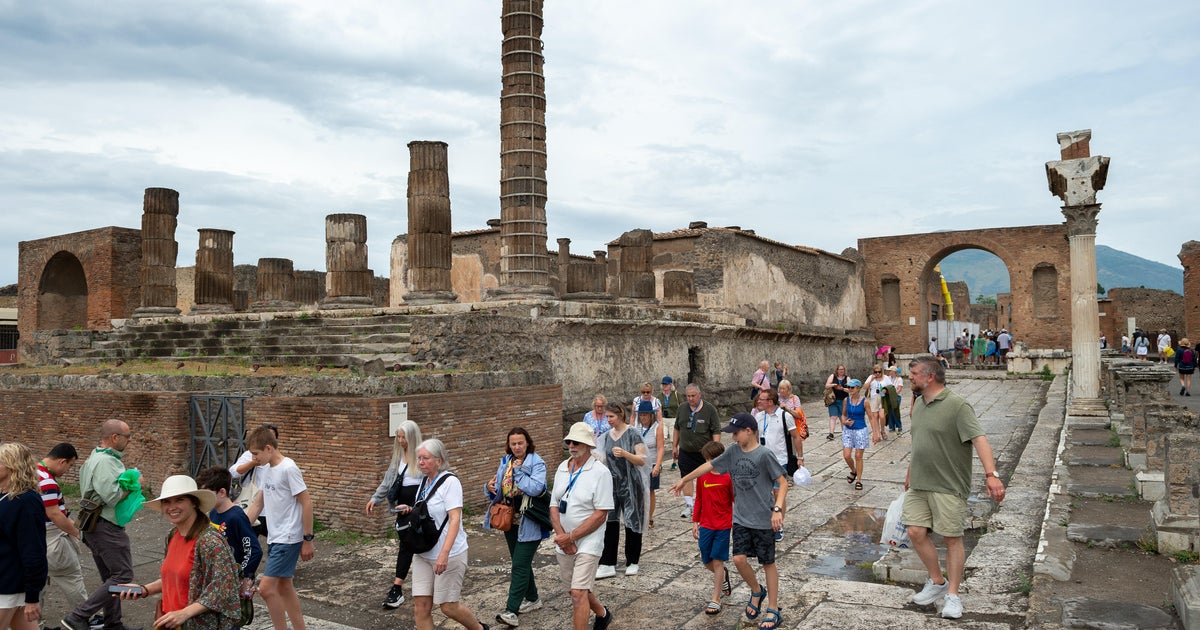New Discoveries Reveal Survivors Reoccupied Pompeii After Vesuvius Eruption
New Discoveries Reveal Survivors Reoccupied Pompeii After Vesuvius Eruption

Archaeologists at Pompeii have announced a groundbreaking discovery: compelling new evidence indicating that survivors of the devastating 79 AD Mount Vesuvius eruption returned to live in the city’s ruins. The directors of the renowned site confirmed the findings this week, shedding new light on the immediate aftermath of the catastrophic event.
Despite the widespread destruction that left the ancient Roman city in ruins, it’s now believed some survivors, unable to relocate, returned to the devastated area. They were reportedly joined by others seeking settlement and valuables left behind. Site director Gabriel Zuchtriegel described the reoccupation as an “informal settlement where people lived in precarious conditions, without the infrastructure and services typical of a Roman city,” likening it to a “precarious and grey agglomeration, a kind of camp, a favela among the still recognizable ruins.”
Previous traces of reoccupation were often overlooked or undocumented in the rush to uncover Pompeii’s famous frescoes and intact homes. These latest excavations, particularly from the Insula Meridionalis, provide a clearer picture of post-79 AD Pompeii, revealing a struggle for survival before the area was completely abandoned in the fifth century. The findings add a crucial chapter to the city’s history, moving beyond the singular focus on its destruction.
Disclaimer: This content is aggregated from public sources online. Please verify information independently. If you believe your rights have been infringed, contact us for removal.